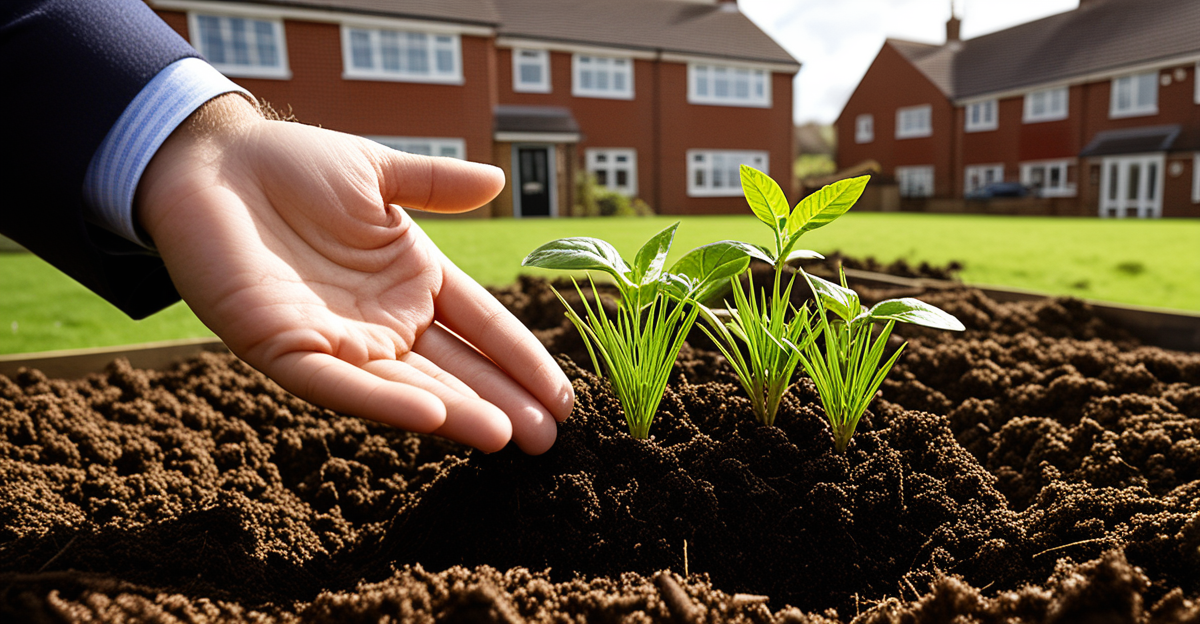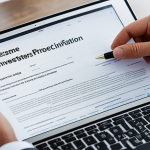Sustainable Practices in UK Real Estate: Overview and Definitions
Exploring sustainable real estate UK begins with understanding the core sustainability practices property sector professionals apply. Central to these is reducing environmental impact through energy-efficient building designs, use of renewable materials, and promoting waste reduction during construction and operation. Property managers increasingly adopt sustainability practices property sector focusing on enhanced insulation, smart metering, and water conservation, all contributing to healthier environments and lower utility costs.
Regulatory frameworks play a defining role by setting standards for sustainable developments. The UK government mandates compliance with regulations such as the Energy Performance Certificate (EPC) requirements, alongside overarching environmental policies targeting carbon neutrality by 2050. These frameworks guide the property sector to incorporate eco-friendly methods while maintaining economic viability.
Also to see : How can foreign investors navigate the UK real estate landscape?
Current trends highlight a rising commitment from stakeholders, including developers, investors, and occupiers, to embrace green certifications like BREEAM and LEED. This momentum fuels innovation in construction materials and sustainable technologies. Overall, sustainable real estate UK thrives under a blend of regulatory guidance and a proactive industry culture committed to long-term environmental stewardship.
Influence of Sustainable Practices on UK Real Estate Financing Structures
Sustainability practices property sector directly shape real estate financing UK, especially through the growing emphasis on green building certifications and Environmental, Social, and Governance (ESG) criteria. Lenders increasingly factor in these standards when assessing financing terms, often offering more favourable interest rates or longer repayment periods for properties meeting recognized sustainability benchmarks like BREEAM or LEED.
Topic to read : What strategies are UK real estate investors using to hedge against inflation?
What role do green loans play in this transformation? Green loans and sustainability-linked mortgages have emerged as tailored financial products that incentivize developers and investors to pursue eco-friendly projects. These loans typically come with performance-based conditions, linking the cost of borrowing to specific sustainability targets such as reduced carbon emissions or energy consumption.
Lenders view sustainability practices property sector as a risk mitigator, enhancing asset value by lowering operational costs and future-proofing against regulatory penalties. This shift influences real estate financing UK by encouraging capital flows toward sustainable real estate UK projects, facilitating a market where finance and environment align. This ongoing integration signifies a crucial evolution in property sector financing, promoting both economic and ecological benefits while meeting the UK’s broader climate goals.
Regulatory Incentives and Requirements Impacting Financing
Understanding UK property regulations is crucial for navigating sustainable finance incentives within real estate financing. The UK government employs several mechanisms to stimulate investment in sustainability through grants, tax relief, and subsidies targeting energy-efficient building upgrades and renewable energy installations. These incentives lower upfront costs, making eco-friendly projects more financially accessible.
Mandatory regulations, such as energy efficiency standards and reporting requirements under frameworks like the Energy Performance Certificate (EPC), influence financing approval processes. Lenders demand compliance proof as part of risk assessment due to increasing scrutiny on environmental impact. Non-compliance can lead to higher financing costs or rejection of loan applications, underscoring the regulatory role in shaping finance terms.
Local authorities may impose additional green policies requiring developers to meet certain sustainability benchmarks for planning permission. These frameworks encourage wider adoption of sustainability practices property sector by integrating legal obligations with financial benefits.
Together, government green policy and regulatory incentives form a supportive ecosystem that aligns public goals with private capital flow in real estate financing UK. They help reduce risks for investors and promote a transition to a low-carbon built environment by linking financial advantages directly to sustainable project outcomes.
Financial Benefits and Challenges of Sustainable Real Estate Investments
Sustainable real estate UK offers notable financial benefits sustainable property primarily through reduced operational costs. Energy-efficient buildings lower utility bills, while improved insulation and smart systems decrease maintenance expenses. Over time, these savings often surpass the initial investment, enhancing investment returns sustainability. Properties with green certifications typically command higher market values and attract quality tenants, increasing rental income and resale potential.
However, the challenges green financing remain substantial. Upfront costs for eco-friendly materials and technologies can be prohibitive, especially for smaller developers. Access to affordable capital may depend heavily on meeting rigorous sustainability criteria, which some find complex to navigate. Additional reporting and compliance requirements may also increase administrative burdens, affecting project timelines and budgets.
Despite these barriers, the long-term economic advantages motivate many stakeholders in the sustainability practices property sector to pursue sustainable finance property options. Strategically, investors weigh immediate expenditures against future benefits, with successful projects highlighting the critical balance between cost, compliance, and value creation. Growing lender familiarity with green loans is steadily easing challenges, making sustainable real estate UK a more accessible and financially viable market over time.
Case Studies: Real-Life UK Examples of Sustainability’s Impact on Financing
Examining UK case studies real estate sustainability reveals how sustainability practices transform financing outcomes. For instance, projects incorporating green loans secured better financing terms due to compliance with recognized eco-standards, reducing lender risk. One London development leveraged sustainable finance property options by meeting strict energy efficiency benchmarks, resulting in lower borrowing costs and attracting ESG-focused investors.
These sustainability financing examples illustrate multiple benefits: enhanced asset value, improved tenant demand, and smoother regulatory approval. Stakeholders report that integrating green initiatives early in project planning optimizes financing structures. Developers highlight the importance of aligning with UK property regulations to access subsidies and tax relief, easing upfront expenses.
Lenders emphasize reduced credit risk for properties with certified sustainability measures, which often outperform conventional assets under increasing environmental scrutiny. Occupiers also value greener buildings for lower utility costs and healthier environments, feeding back into stronger rental appeal.
These real-world cases underscore the practical success of combining sustainable real estate UK principles with innovative finance. They demonstrate how sustainability-focused project execution can effectively attract capital and increase long-term financial viability within the competitive UK property market.





